Have you ever hesitated to eat a snack because it was past the printed date on the package? You’re not alone. Many people assume that these dates indicate when a food has expired and is no longer safe to consume. However, the truth is more complex. In this article, we’ll explore what those dates mean and how to determine when food is no longer safe to eat.
“Best If Used By” and “Best By” Dates: Quality, Not Safety
Contrary to popular belief, the dates printed on food packages, usually accompanied by “Best If Used By” or “Best By,” do not signify when the product has expired. The Food and Drug Administration (FDA) only requires a “use by” date on infant formula to ensure it contains the proper nutrient quantities. For other foods, these dates are merely guidelines for optimal quality.

Misinterpreting these dates as expiration dates leads to billions of dollars worth of food being unnecessarily discarded. Abby Snyder, an associate professor of food science at Cornell, explains that date labeling is guidance for “how fast to consume the food before the quality deteriorates.” While the quality may suffer after the printed date, it doesn’t necessarily mean the food is unsafe to eat.
When Food Quality Deteriorates: Separating Fact from Fiction
As food passes its “best by” date, you might notice changes in its quality. For example, ketchup may separate, with a watery liquid coming out instead of the thick condiment you expect. Andy Hirneisen, a senior extension educator at Penn State, notes that these changes are due to “spoilage microbes” that can alter the taste and texture of the food.

However, these quality changes don’t automatically make the food unsafe for consumption. The United States Department of Agriculture (USDA) states that food “should still be safe and wholesome if handled properly until the time spoilage is evident.” So, while your snack might not taste as fresh as it once did, it’s not necessarily harmful to eat if stored correctly.
Signs of Spoilage: When to Toss Your Food
If date labels don’t indicate food safety, how can you tell when it’s time to throw something out? The USDA advises that you should be on the lookout for signs of spoilage, which include “an off-odor, flavor, or texture due to naturally occurring spoilage bacteria.” If your food has developed any of these characteristics, it’s best to err on the side of caution and discard it.
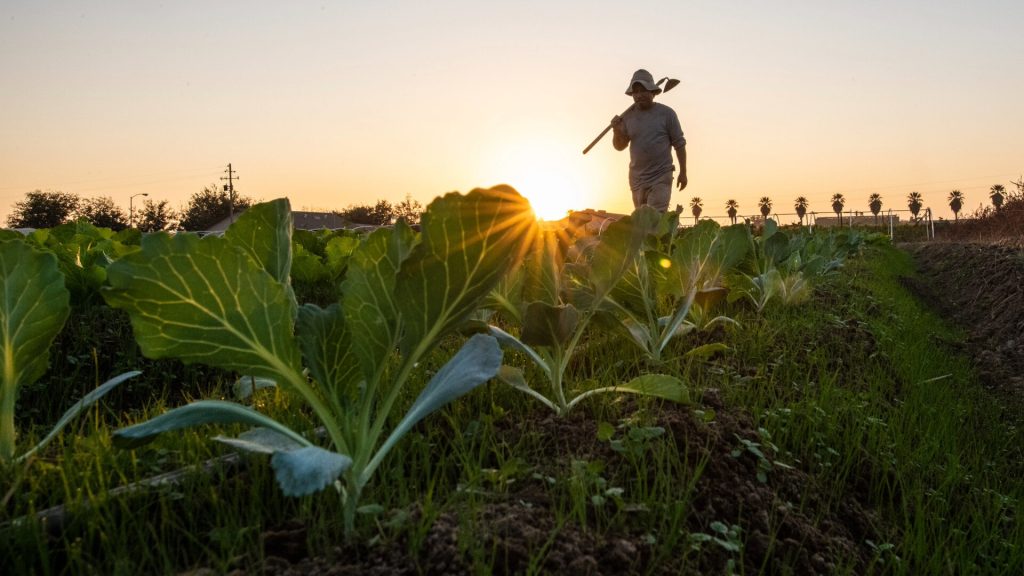
Many food packages include storage guidance to help prevent spoilage and maintain quality. Ketchup labels often recommend refrigerating after opening, while butter packages may suggest keeping the product in the fridge. Frozen foods, like pizza, should be kept in the freezer, and items like black pepper require a “cool, dry place.” Following these storage instructions can help slow bacterial growth and preserve food quality.
The FoodKeeper App: Your Guide to Food Storage and Freshness
To help consumers navigate the confusing world of food labeling and storage, the USDA has developed the FoodKeeper App. This tool provides storage guidance to “maximize the freshness and quality of items,” including recommended timespans for consumption and the best storage locations for various foods. By following these guidelines, you can ensure that your food stays fresh and safe to eat for as long as possible.

While some countries, like the U.K., have started removing “best before” labels on certain foods to reduce waste, the U.S. has yet to adopt a similar policy. A bill introduced in the House last year aimed to clarify the use of date labels on food, but it has stalled in a subcommittee. Until clearer regulations are in place, consumers must rely on their judgment and the guidance provided by tools like the FoodKeeper App.
The Origins of Date Labels: A Brief History
Date labels first became widely used by manufacturers in the 1970s as a response to consumer concerns about product freshness. Since then, the FDA, which regulates around 80% of the U.S. food supply, has recommended that manufacturers use the phrases “best if used by” for freshness and “use by” for perishable goods. These recommendations are based on surveys indicating that consumers have a better understanding of these phrases compared to other labeling terms.
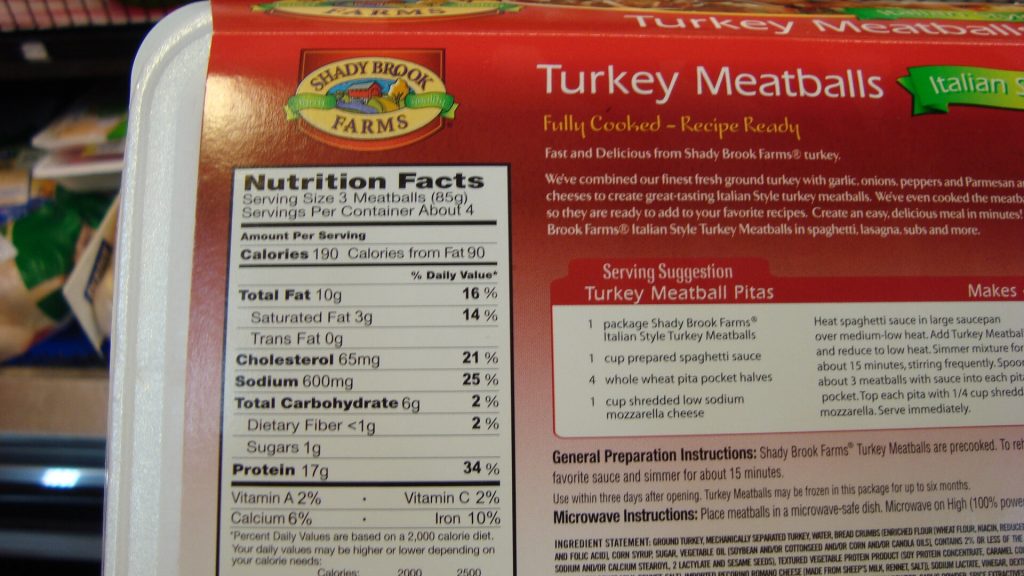
Despite the FDA’s guidance, there is still confusion surrounding the meaning of date labels. Many consumers continue to interpret these dates as expiration dates, leading to unnecessary food waste. To combat this issue, some experts have called for clearer federal policies that standardize the use of date labels on food products. However, until such policies are implemented, it’s up to consumers to educate themselves on the true meaning behind these dates.
Debunking Common Myths About Food Expiration
One of the most persistent myths about food expiration is that eating food past its printed date will make you sick. In reality, the date labels on most foods have little to do with safety and are instead indicators of quality. While consuming spoiled food can certainly lead to illness, the presence of an expired date label alone does not mean the food is dangerous to eat.
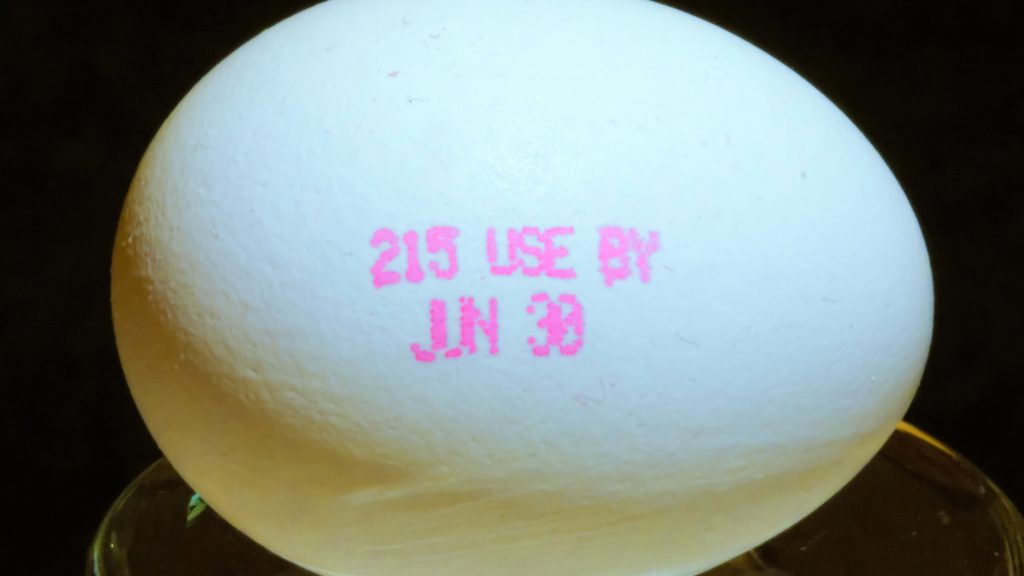
Another common misconception is that all foods have a strict expiration date. Only infant formula is required by the FDA to have a “use by” date that indicates when the product’s nutrient content may begin to deteriorate. For all other foods, date labels are voluntary and are not regulated by any federal agency. This means that the dates printed on packages can vary widely depending on the manufacturer and the type of food.
The Environmental Impact of Food Waste
In addition to the financial consequences of throwing away perfectly good food, misinterpreting date labels can also have a significant environmental impact. When food ends up in landfills, it decomposes and releases methane, a potent greenhouse gas that contributes to climate change. The United Nations Food and Agriculture Organization estimates that food waste accounts for around 8% of global greenhouse gas emissions.

Reducing food waste is crucial for both the environment and food security. By understanding the true meaning behind date labels and learning to properly store and handle food, consumers can play a vital role in minimizing the amount of edible food that ends up in landfills. This not only helps to conserve resources and reduce greenhouse gas emissions but also ensures that more food is available to those who need it most.
Tips for Reducing Food Waste at Home
One of the easiest ways to reduce food waste at home is to plan your meals and shopping trips carefully. Before heading to the grocery store, take inventory of what you already have in your fridge and pantry, and make a list of what you need. This can help you avoid overbuying and ensure that you use up ingredients before they spoil.
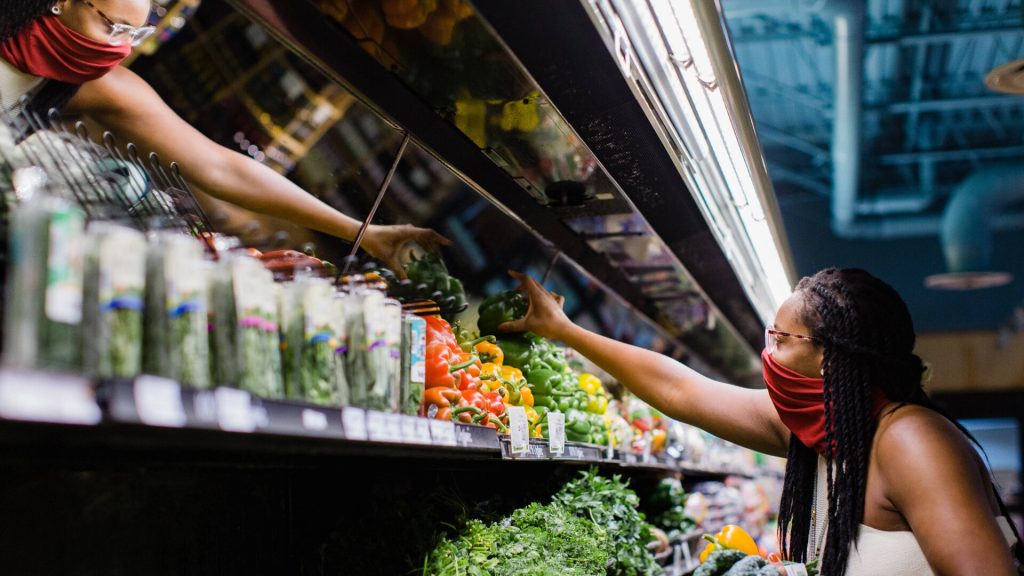
Another important step is to store your food properly. Make sure to follow the storage guidelines on the package, and use airtight containers to keep food fresh for longer. If you have leftovers or ingredients that you won’t be able to use right away, consider freezing them for later use. By taking these simple steps, you can significantly reduce the amount of food that goes to waste in your household.
The Role of Manufacturers in Reducing Food Waste
While consumers can take steps to reduce food waste at home, manufacturers also have a role to play in addressing this issue. One way that companies can help is by using clearer and more consistent date labeling practices. By adopting the FDA’s recommended phrases of “best if used by” for quality and “use by” for safety, manufacturers can help to reduce confusion and prevent unnecessary food waste.
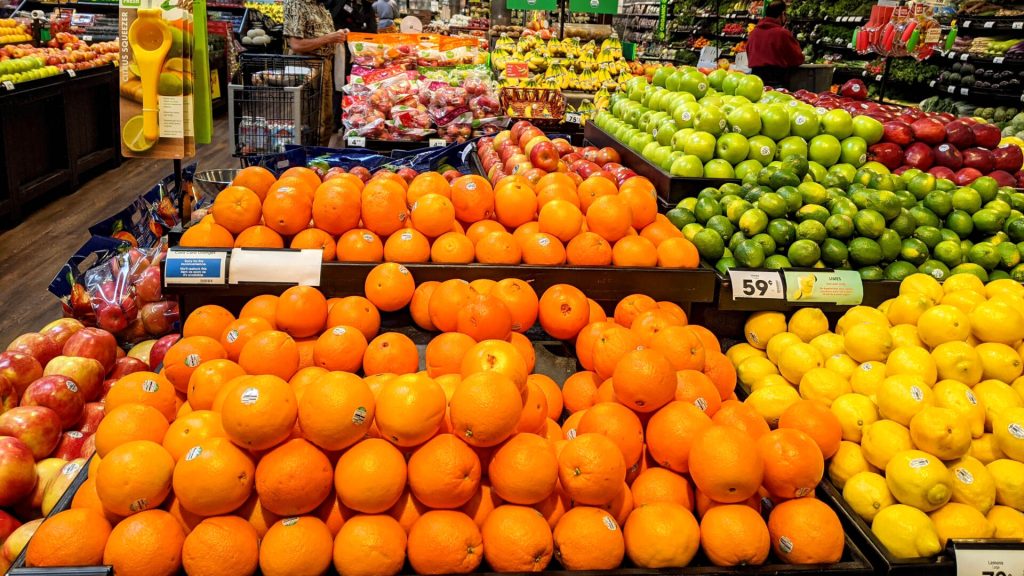
Another way that manufacturers can make a difference is by investing in new packaging technologies that can extend the shelf life of food products. For example, some companies are using innovative materials like bioplastics and oxygen absorbers to keep food fresh for longer periods. By working to develop more sustainable and effective packaging solutions, manufacturers can help to reduce food waste throughout the supply chain.
Government Initiatives to Combat Food Waste
In recent years, governments around the world have begun to recognize the importance of reducing food waste. In the United States, the USDA and EPA have set a goal to cut food waste in half by 2030. To achieve this goal, these agencies are working with manufacturers, retailers, and consumers to promote best practices for reducing waste and increasing food donations.
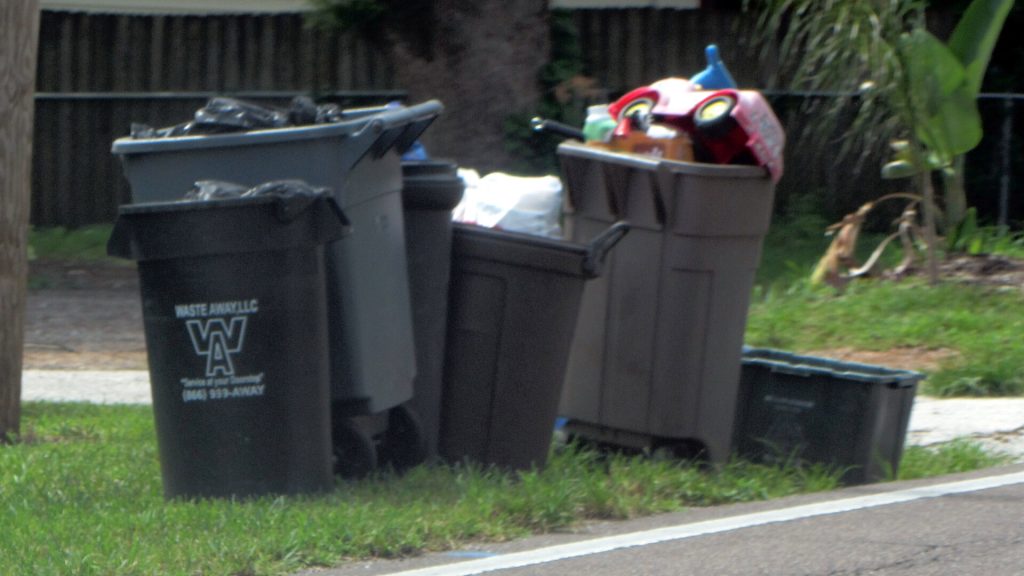
Other countries have also taken steps to address food waste. In France, for example, supermarkets are required by law to donate unsold food to charities or animal feed producers instead of throwing it away. Similarly, in South Korea, a mandatory food waste recycling program has helped to reduce the amount of food that ends up in landfills. By learning from these examples, governments can develop effective policies and programs to combat food waste on a global scale.
The Future of Food Waste Reduction
As awareness of the food waste problem continues to grow, there is reason to be optimistic about the future. New technologies and innovative solutions are being developed all the time to help reduce waste and improve food security. For example, some companies are using artificial intelligence and machine learning to optimize supply chains and reduce spoilage, while others are developing new ways to upcycle food waste into valuable products like biofuels and animal feed.

At the same time, consumer attitudes and behaviors are also shifting. More and more people are becoming aware of the environmental and social impacts of food waste, and are taking steps to reduce their waste at home. By working together and embracing new solutions, we can create a more sustainable and equitable food system for all.
What You Can Do to Make a Difference
While the problem of food waste can seem overwhelming, there are many things that individuals can do to make a difference. Start by educating yourself and others about the true meaning of date labels, and how to properly store and handle food to prevent spoilage.

Plan your meals and shopping trips carefully, and be mindful of portion sizes to avoid overbuying and waste.






